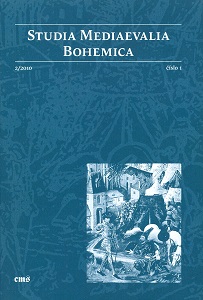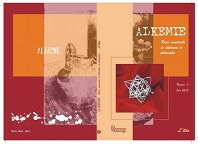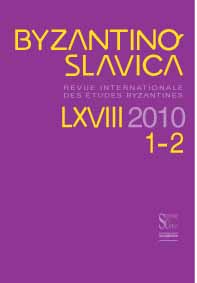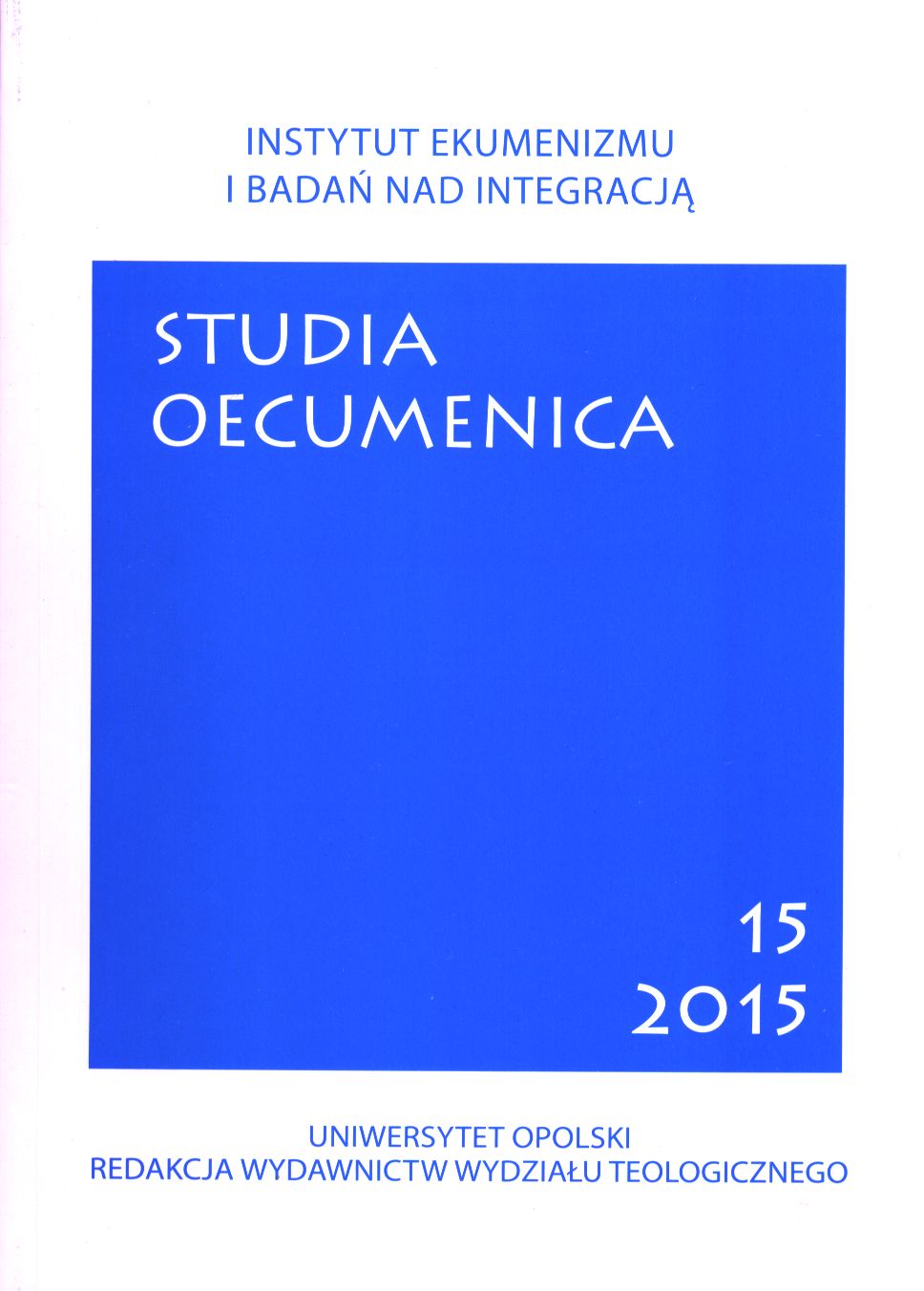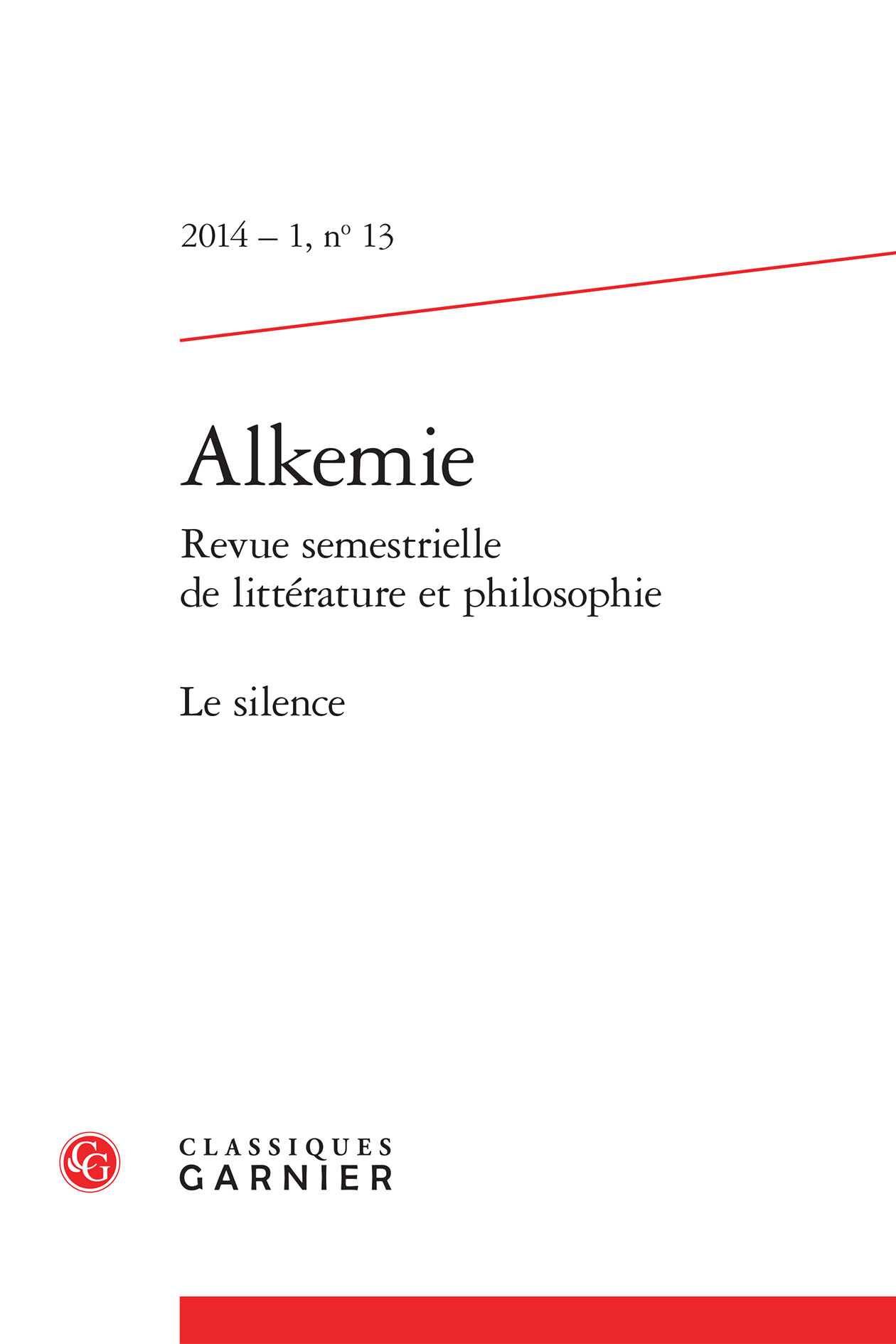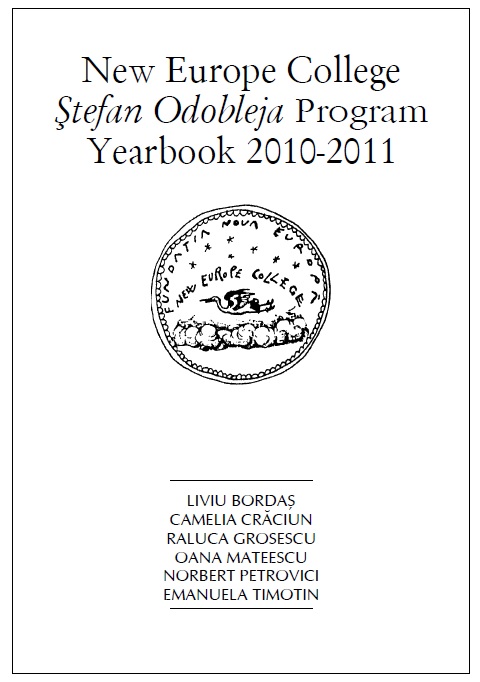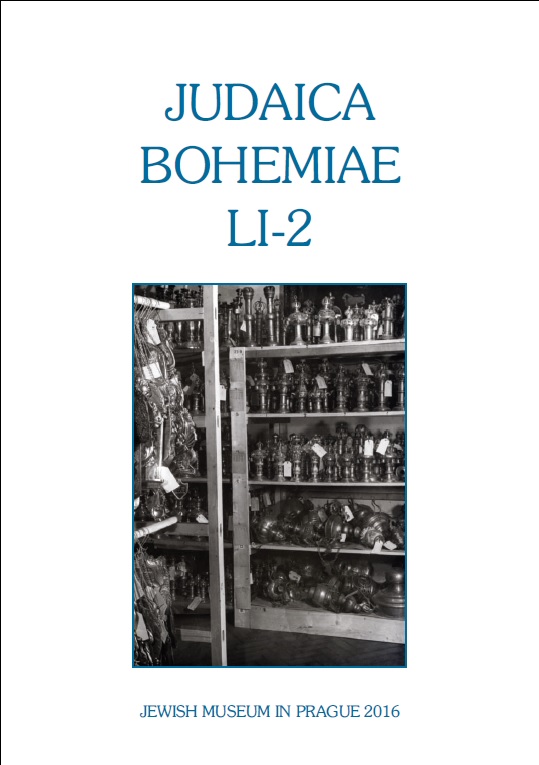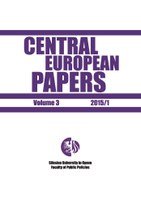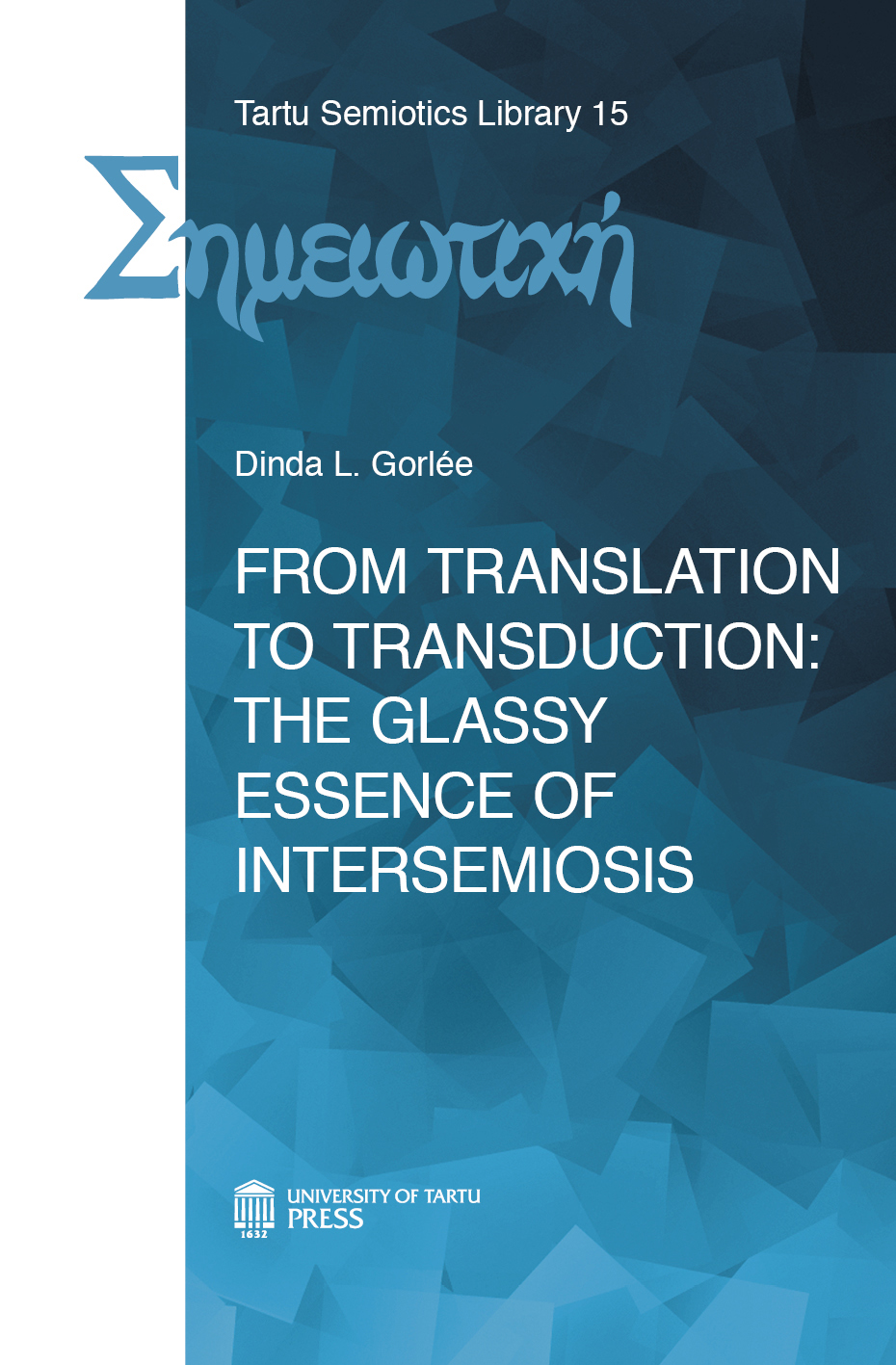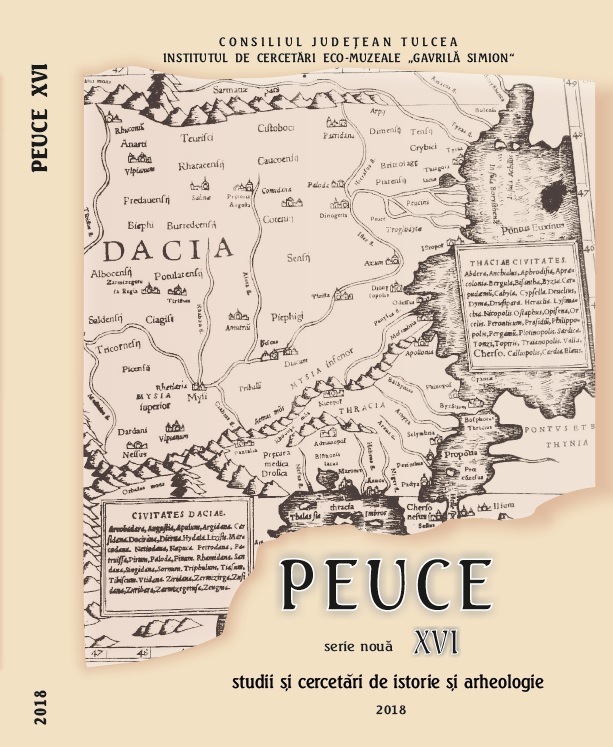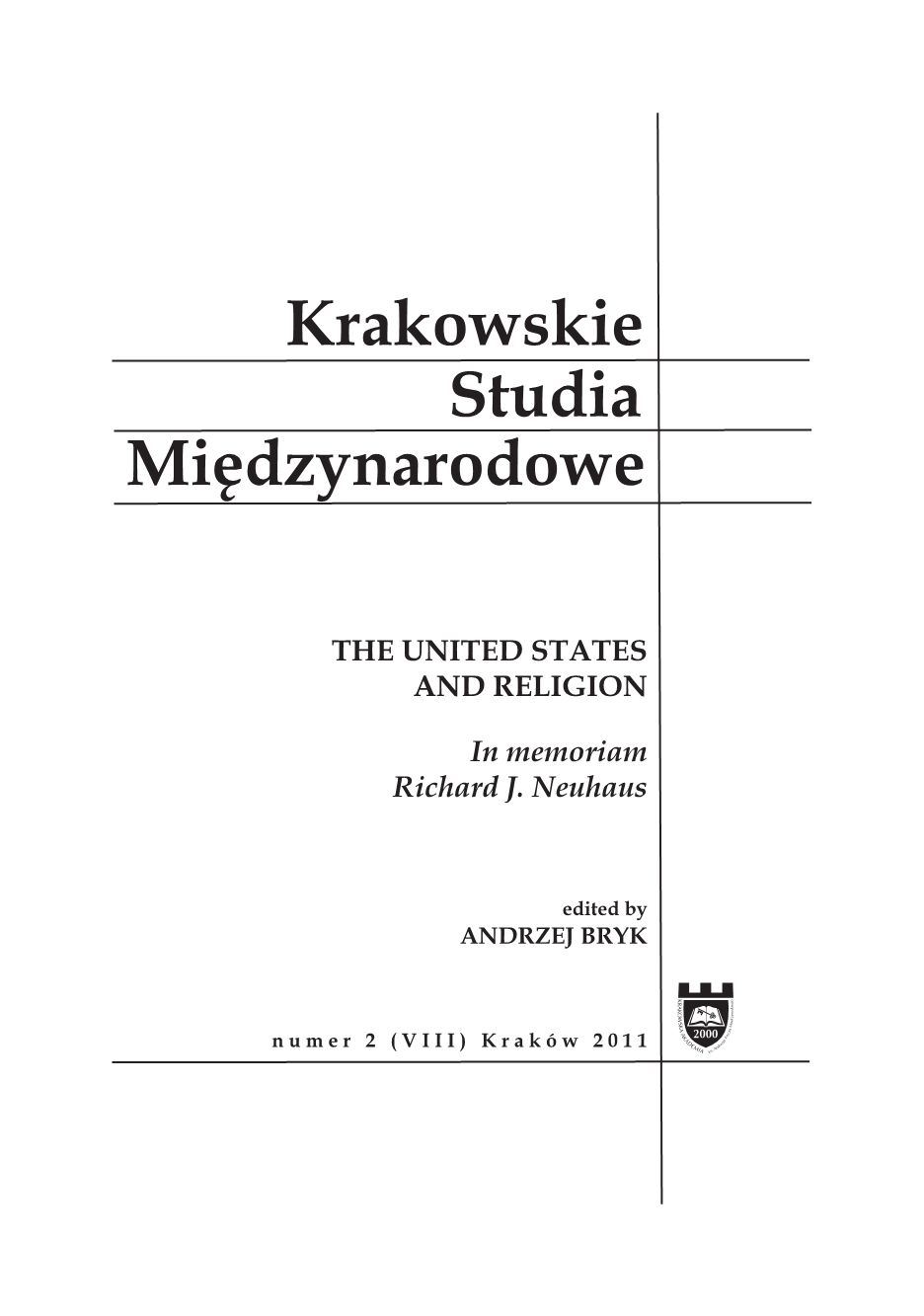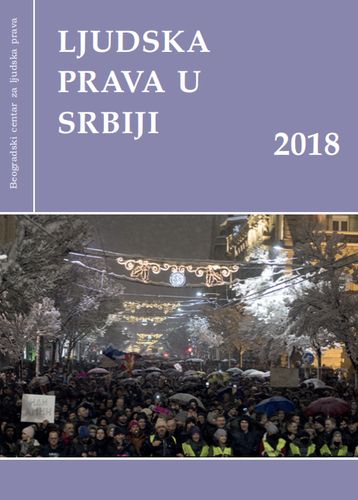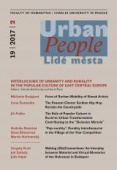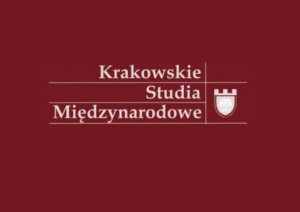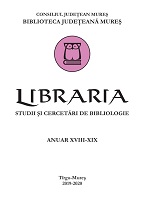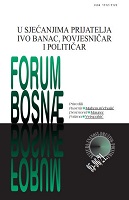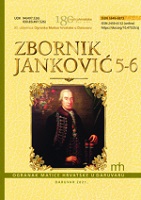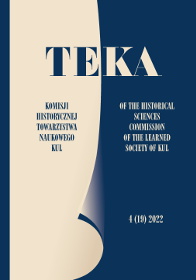Transilvania şi problema indo-europenizării. Paradigma românească
Author(s): Florin Gogâltan / Language(s): Romanian
/ Issue: 2/2016
Keywords: Transylvania; Indo-Europeanization; Romanian paradigm; research history; theoretical models
In this article, I discuss the manner in which the model proposed by Marija Gimbutas regarding the Indo-European migration in Europe was perceived by Romanian specialists. The article is also an extension of my efforts to understand the relations between prehistoric Transylvania and the Pontic steppe. Approached from this historiographic perspective, the subject illustrates a situation symptomatic of Romanian archaeology: the lack, with few exceptions, of serious debates on this controversial subject, the frequent repetition of unverified opinions, statements supported by invalid arguments, etc. Under these circumstances, the late Alexandru Vulpe took a harsh stance against those who considered the Indo-European migration a closed subject.It is well known that the theoretical discourse had little to no impact on Romanian archaeologists, who were not even influenced by Marxist theories. As presented in the article, their arguments in regards to the Indo-European matter, if such thing ever existed, were based on the relationship between professor and disciple, or, plainly, on personal intuition. This approach was subject to some changes only after 1989. Naturally, a new generation of archaeologists developed, ready to bring a different style to their participation in scientific process. Often starting as a rejection of the moral authority claimed by some established archaeologists in the old regime, the validity of their scientific opinions is also questioned. Personal relationships suffered as well; however, there visible transformations, driven by a growing independence coupled with better access to bibliographic sources, breaking the monopoly of personal libraries. New academic models prevailed, while the scientific discussions turned to a more critical view, a natural reflection of the social turmoil which overwhelmed Romania at the end of the twentieth and beginning of the twenty-first century. However, this new reality had a limited impact over the Indo-European matter; therefore, the Gimbutas model remained an educational template, still unquestioned or reviewed.How much do we know today about the social impact triggered by the arrival of the Scythians, the Noua communities, or the Iamnaia shepherds in Transylvania? For some, these periodical infiltrations of steppe populations in the Carpathian Basin had double role. In addition to their destructive role, they also brought technological innovations, which had a major role in further local cultural developments. For others, these influences travelled in the opposite directions, as the Carpathian and Balkan cultural mediums had a decisive role in shaping the socio-cultural realities in the steppe world at the beginning of the Copper Age. Which opinion is accurate? Must we adhere to a unilateral approach? The opinions of Al. Vulpe, as well as some contributions made by E. Kaiser, Y. Rassamakin, B. Govedarica, I. Manzura, R. Harrison, V. Heyd, and many others, filtered through the perspective of current archaeological realities in Transylvania, encouraged me to decide to create a theoretical model which I deemed appropriate for understanding the relations between local prehistoric communities and the north-Pontic world.The existence of clear contacts (collective or individual) in the second half of the fifth millennium BC contributed to the transfer and diffusion of technological innovations. Apart from metal objects (made from copper or gold), certain types of artefacts also circulated in a vast area during this time: specific stone maces, large flint blades, stone or bone sceptres with abstract or zoomorphic shapes, axes decorated on the sharp edge with schematic animal heads, and pottery with crushed shells as temper. Even if we might have a vague idea, we cannot fully understand, based on tangible evidence, the full spectrum of economic repercussions set in motion by these influences. Even less can be said about a possible renegotiation of social structures in Transylvania during the late Tiszapolgár and Bodrogkeresztúr ceramic cultures. For the rest of the Carpathian Basin, where more archaeological information is available, signs of social inequality can be observed from the late Neolithic horizon, and these became more and more visible towards the second half of the fifth millennium BC.It is not possible discuss collective contacts between Transylvania and the Pontic steppe in the middle of the fourth millennium BC, because the second kurgan migration wave, as proposed by M. Gimbutas, cannot be proven. Only from the end of the fourth and the beginning of the third millennium BC is there documented evidence of the presence of Yamnaya communities in the mid-Mureș Valley. Relevant archaeological discoveries are scarce, making it hard to establish the intensity of potential contacts with the local Coțofeni medium. Considering this, there is insufficient evidence to prove the steppe populations were responsible for the major changes which occurred in Transylvania at the beginning of the Early Bronze Age. Based on certain metal artefacts or distinct funerary practices, potential individual connections were often presumed. However, for the period towards the end of the first half of the third millennium BC, I consider certain stone or metal weapons and adornments, as well as the funerary mounds and the stone anthropomorphic stelae, to in fact be representations of social status for the elites involved in a trans-regional dialog (Fig. 1).Similar interpretations concerning the relationship between Pontic communities and the regions they influenced between the fifth and third millennia BC can be found in recent studies by E. Kaiser, Y. Rassamakin, M. Furholt, V. Heyd, I. Manzura and S. Ivanova, to name only a few specialists interested in the movement of populations and products. The current theoretical models concerned with mobility or the transfer of technological knowledge are in a similar position. In the last years, research on funerary mounds in Romania has been increasingly connected to a wider spectrum of interdisciplinary approaches, catching up with European trends. A few examples are eloquent in this regard. A coherent project focused on tumuli was developed by A. Frînculeasa and his team in Prahova County. Needless to say, the results are remarkable and capable of changing our way of interpreting such funerary practices and their impact in the local medium. A project to obtain sufficient absolute dates, coupled with anthropological and metallographic analyses, was undertaken by S. Ailincăi is while investigating the tumulus in Rahman, Tulcea County. If this positive trend continues, there is hope that the thousands of tumuli in southern and eastern Romania can be integrated into a vivid illustration of prehistory, with or without Indo-Europeans.The so-called Cucuteni C ceramic style, also linked several years ago with the North-Pontic area, was analysed in regards to its technological characteristics, targeting the chemical and mineralogical composition of the temper. Interestingly enough, the conclusion suggested the potters had a predilection towards nonstandard materials.Strontium and oxygen isotopes analysed on a skeleton found in a tumulus in Sárrétudvari suggested that some individuals from the Apuseni Mountains travelled to the northwestern Hungarian plains. Although the first small steps have been taken in this direction, the current genetic data available for prehistoric Transylvania is far from sufficient to include this area in some of the European studies dedicated to the reconstruction of Bronze Age life. From a linguistic point of view, the contribution of the steppe populations to the development of the Indo-European languages is considered as an undisputed fact. Hopefully, further research projects will bring more light to this matter.The linguistic debate regarding the Indo-European motherland is, as well, added to the archaeological interpretations. However, the scientific conclusions are still very cautious, unable to surpass certain constraints. Therefore, the evidence presented thus far still supports the Gimbutas - Mallory interpretative line.As a homage to the memory of Alexandu Vulpe, I chose to end this historiographic investigation with some of his thoughts on the matter: “I strongly believe that the beauty of the Indo-European research, in all of its aspects, resides precisely in this perpetual discussion and critical evaluation of the advanced hypotheses”.
More...
